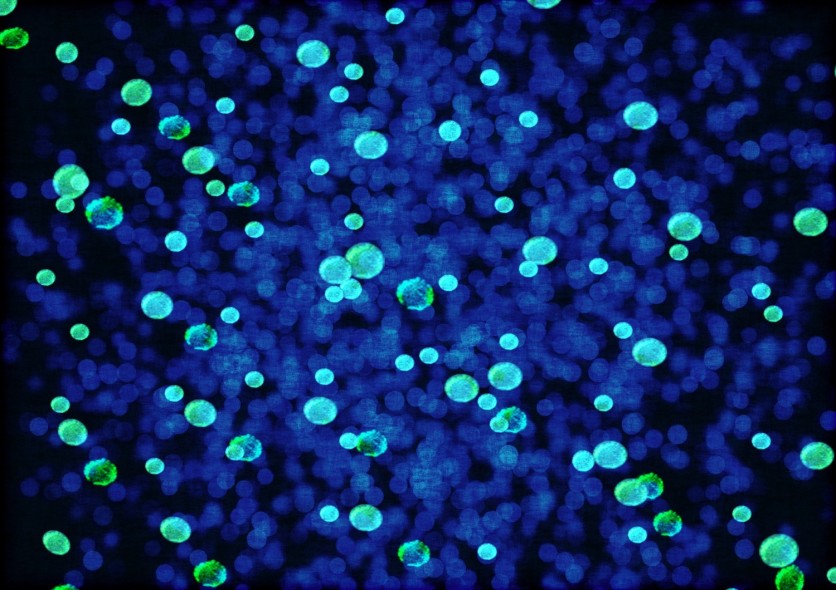A team of researchers from Stanford University has employed laser technology to identify bacteria in a drop of blood, mucus, wastewater, and other fluids in just a matter of minutes.
"We can find out not just that bacteria are present, but specifically which bacteria are in the sample - E. coli, Staphylococcus, Streptococcus, Salmonella, anthrax, and more," Jennifer Dionne, an associate professor of materials science and engineering and radiology at Stanford University, said in a statement.
"Every microbe has its own unique optical fingerprint. It's like the genetic and proteomic code scribbled in light."

Faster, More Accurate Results
The team claims to have developed a novel method for microbial assays, which can provide faster and more accurate results for testing fluids for microbes.
This new approach offers almost immediate and inexpensive testing, compared to traditional culturing methods that can take hours, if not days.
The team's breakthrough lies in their ability to reveal the spectral fingerprints of bacteria, a fact that has been known for decades but has been difficult to achieve due to the blinding array of light reflecting from each sample.
This new test offers several potential benefits, including faster diagnoses of infection, improved antibiotic use, safer foods, better environmental monitoring, and faster drug development.
The test could prove to be a significant advancement in the field of microbiology and could have wide-ranging applications in many industries.
According to Fareeha Safir, a Ph.D. student in Professor Dionne's lab, each type of bacterium has unique light patterns, but other cells in the sample can create signals too, making it hard to distinguish microbial patterns from other cells. To separate bacterial spectra from other signals, the team used inkjet printing, nanoparticles, and artificial intelligence.
Professor Khuri-Yakub explains that printing thousands of tiny dots of blood using acoustic pulses helps isolate cells in extremely small samples. Each dot of printed blood is then only two trillionths of a liter in volume, which may hold just a few dozen cells.
Read Also : Tricking Self-Driving Cars With Lasers Could Endanger Anyone Coming in its Way, New Study Says
Interdisciplinary Collaboration
The researchers added gold nanorods to the fluid samples, which amplify the laser signal 1500 times and attach themselves to bacteria, making it easier to identify them.
By printing thousands of tiny dots of fluid using modified inkjet printers and using machine learning to analyze the spectra of each dot, the team can quickly and accurately spot bacterial signatures in a sample.
The project was developed through interdisciplinary collaboration and funded by Stanford's Catalyst for Collaborative Solutions. The technique has the potential to be applied to other types of fluids and cells, including testing drinking water or detecting viruses, according to the team.
The findings of the study were published in the journal Nano Letters.
Related Article : Laser Coffee? Researchers Create A 'Laser-Powered Extractor' That Pumps Out Cold-Brew 300 Times Faster Than Regular Methods!

ⓒ 2025 TECHTIMES.com All rights reserved. Do not reproduce without permission.




